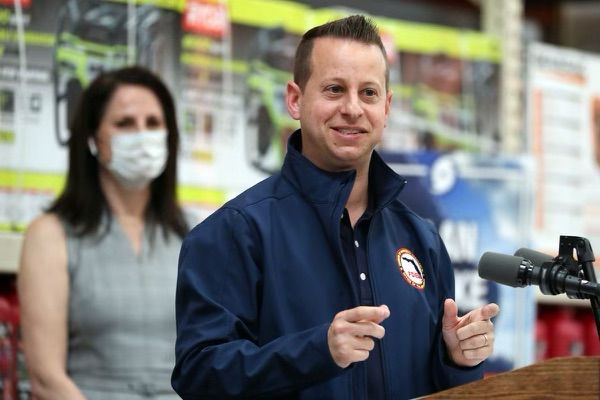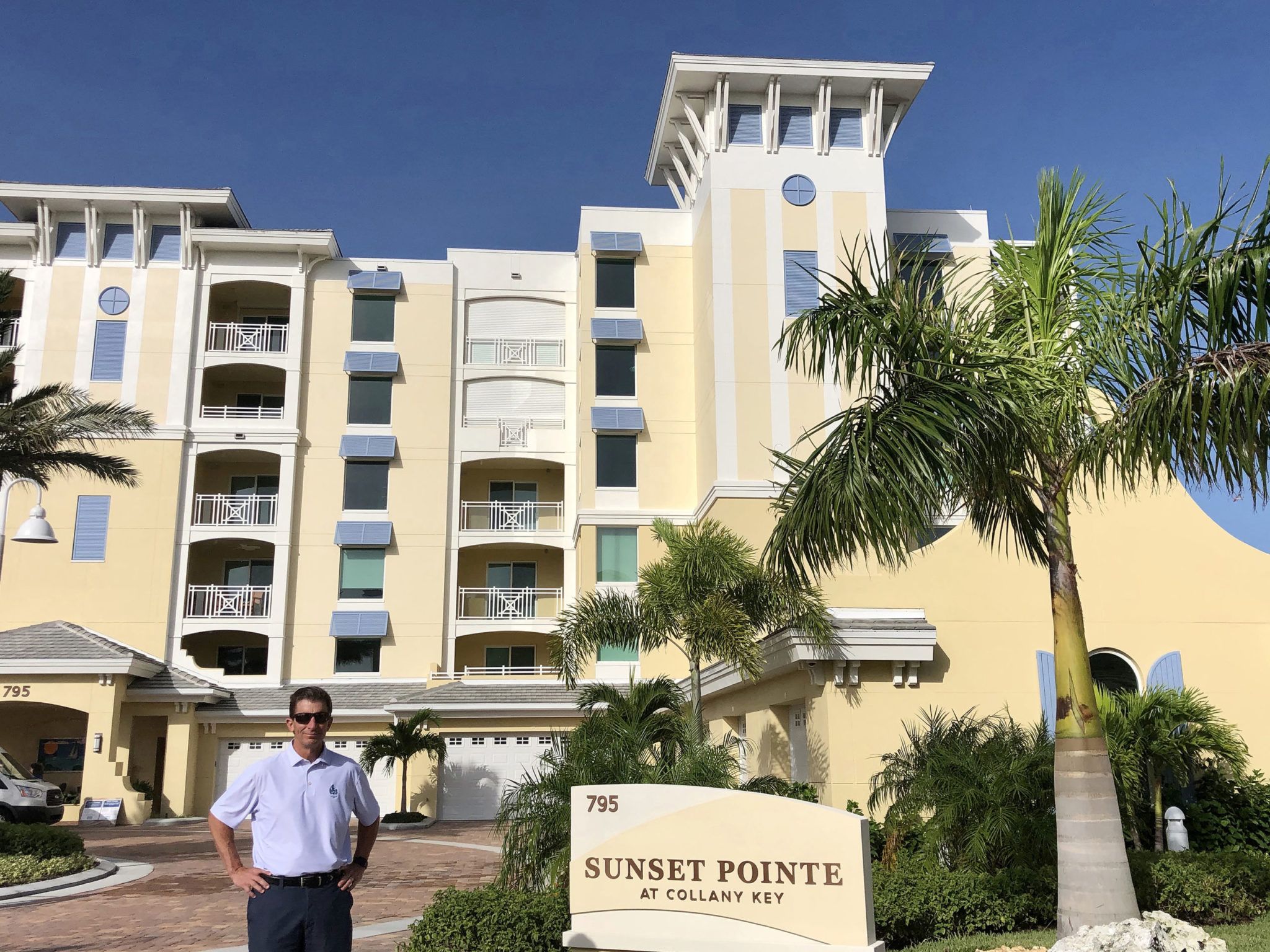As business leaders contemplate an eventual return to a “new normal,” one aspect is to prepare your physical facilities, and work environment, for the return of your team. In planning and preparing for that eventuality, here are a few thoughts to consider in this “new normal.” SARS-CoV-2, the actual virus responsible for the disease, COVID-19, is a “novel” coronavirus, which means it is new and therefore we lack substantial research and knowledge about it, and the result can be anxiety among your workforce and customers – fear of the unknown. One way to combat this is to follow the most updated protocols established for deep cleaning your facility, and applying disinfectants, prior to your team returning to their work environment, in order to restore their confidence and reassure them that their health and welfare is a top priority of your team’s leadership.
Beware of “Snake Oil” salesman
Several contractors are now offering disinfection, decontamination, sanitization, etc., many who will come into your facility and “fog it” to “kill” the virus – beware! It’s important to understand that because this virus is “novel,” there is little research and definitive proof that any disinfectant, alone, is effective against this particular virus. The EPA maintains the “N list,” which includes products qualified for an emerging viral pathogen claim, meaning the product must demonstrate effectiveness against a harder-to-kill virus than SARS-CoV-2 – the best standard available absent any definitive specific research on effectiveness against SARS-CoV-2 – so any product used should be on this list.
Insist on standards with redundant risk mitigation measures
The Institute of Inspection, Cleaning and Restoration Certification (IICRC) has established standards, in compliance with the most current guidance, from the CDC and EPA for deep cleaning prior to the application of any disinfectant. As an additional risk mitigating procedure deep cleaning, particularly of horizontal work surfaces and high touch points, prior to any application of disinfectant assists in the physical removal of the virus and particles to which it may attach. Additionally, the use of HEPA vacuums in the deep cleaning process and HEPA air filtration devices (also known as air scrubbers) are further measures that use a type of high-efficiency particulate air (HEPA) filter specifically designed to force air through a fine mesh that traps harmful particles, further assisting in the physical removal of the virus and also literally cleaning the air in your facility as well.
Prepare now, institute discipline and be prepared to “wash, rinse, repeat”
Given the uncertainty, and lack of research, as to how long this virus can survive on particular surfaces and outside a living host, the combination of deep cleaning, application of EPA approved disinfectants and air scrubbing offers the best known techniques available, and combines risk mitigation procedures, to assure your environment is as safe as possible when you and your team are ready to return to “new normal.” Leaders are still responsible to enforce social distancing and promote reasonable policies to continually prevent the spread of the virus. However, given that it can still spread through asymptomatic carriers, even the strictest adherence to policies may not prevent its potential emergence in your facility so be prepared to enforce discipline in daily wipe down of common touch points and work areas. Additionally, consider scheduling reoccurring deep cleaning and application of disinfectants, as you deem appropriate, based on your risk tolerance and your internal team’s ability to implement controls and keep your work area clean.

Paul Huszar is the CEO of VetCor, a restoration company, which hires veterans and those who share similar values. VetCor creates opportunities for veterans and their immediate family members through franchising. VetCor was recognized as the U.S. Chamber of Commerce veteran-owned business of the year runner-up in 2019.
Huszar retired from 23 years of active duty military service including four combat tours in Iraq. He commanded the 37th Engineer Battalion (Combat)(Airborne) during Operation Iraqi Freedom, a 1,000+ Soldier and Airmen multifunctional engineer joint task force and his last assignment on active duty was as the Dean of the U.S. Army Engineer School.













